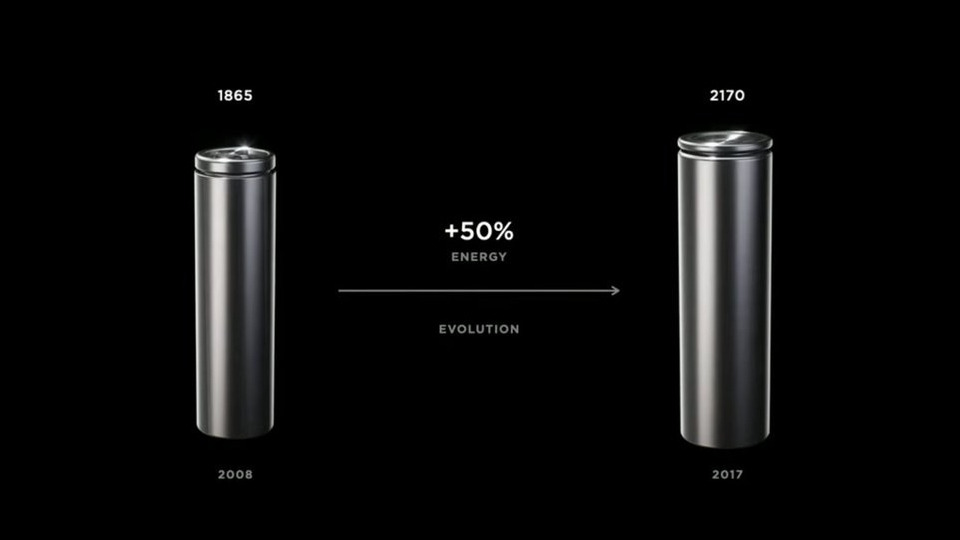ANN/THE KOREA HERALD – South Korean battery material companies are becoming significant contributors to Tesla’s revamped supply chain as the automaker upgrades its 2170 battery cells, essential for its most popular models.
Tesla’s effort to enhance battery performance involves improving the anode and cathode materials, which are vital for boosting energy density and charging speeds. The anode determines the battery’s energy storage capacity, directly affecting the electric vehicle’s driving range, while the cathode influences the charging speed.
In the updated 2170 batteries, Tesla intends to use anode materials with a higher nickel content, aiming for 90 to 95 percent nickel. According to industry insiders, Korean battery materials company L&F is set to supply these high-nickel anodes. L&F announced during its first-quarter earnings call this year that it will begin mass production of the upgraded anode material by year-end. These anode materials will be used in 2170 batteries produced by LG Energy Solution and supplied to Tesla.
“Tesla is likely asking suppliers to source materials outside of China and Taiwan to mitigate geopolitical risks associated with the IRA. This shift benefits Korean companies,” said Chung Won-seok from Hi Investment & Securities. Bloomberg also reported earlier this year that Tesla is avoiding sourcing from China and Taiwan to manage IRA risks.
The revised 2170 battery will also feature new cathode materials, reportedly sourced from Korea. The company plans to integrate a silicon-based cathode material, moving away from its previous reliance on Chinese materials. Daejoo Electronic Materials, the only Korean company capable of mass-producing silicon cathode materials, is expected to supply these components.
Silicon cathode materials offer significantly higher capacity—ten times that of traditional graphite-based cathodes—enabling faster charging times. Daejoo Electronic Materials, already a supplier to EVs from Porsche and Audi, has increased the silicon content in its cathodes from 5 to 8 per cent, a development that has caught Tesla’s attention.
“Silicon cathode materials are attracting interest as a next-generation solution due to their superior capacity and faster charging and discharging speeds compared to graphite. These materials are likely to be adopted by various original equipment manufacturers and battery makers for their next-generation products,” said researcher Lee Hyun-wook from IBK Securities.
Officials from L&F and Daejoo Electronic Materials declined to comment on these developments.
The 2170 cylindrical battery is currently Tesla’s most widely used cell type, found in the Model 3 and Model Y vehicles. While Tesla is developing the next-generation 4680 batteries, they are not yet in full-scale production. The 2170 cells, initially co-developed with Panasonic, contain nickel-cobalt-aluminium cathode chemistry and are integral to Tesla’s current battery architecture.
Some Model 3 and Model Y vehicles also use cheaper 2170 lithium iron phosphate cells produced by CATL, or 2170 cells manufactured by LG Energy Solution at its Ochang plant in Korea.
Despite announcing ambitious plans during Battery Day 2020 to produce its own batteries, Tesla has faced challenges in achieving mass production of the high-performance 4680 cells.
According to industry sources, the company has reportedly ordered USD4.3 billion worth of electrode materials from LG Energy Solution, indicating an ongoing reliance on external suppliers. Making electrode materials is a critical part of battery production.
“We’re currently in talks with Tesla about the supply and contract for the 4680 battery, which indicates we’re moving towards mass production,” said an official from LG Energy Solution. “Regarding the electrode supply contract with Tesla, it’s difficult to confirm details related to our customer.”



